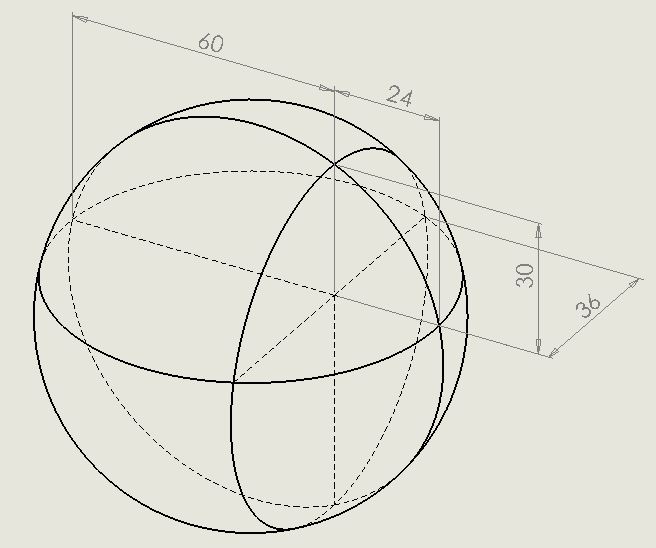A perfectly spherical asteroid is in orbit somewhere in the solar system. There is a small deposit of Unobtainium buried within it.
Scientists are able to scan the asteroid and determine the position of the deposit of Unobtainium relative to the surface of the sphere, by imposing a perpendicular coordinate system on it:
From the Unobtainium, if you go the 24 metres in the positive x direction you reach the surface
From the Unobtainium, if you go the 60 metres in the negative x direction you reach the surface
From the Unobtainium, if you go the 30 metres in the positive y direction you reach the surface
From the Unobtainium, if you go the 36 metres in the positive z direction you reach the surface
What is the radius of the spherical asteroid?
This may help you: The general equation of a sphere is: (x - a)² + (y - b)² + (z - c)² = r², where (a, b, c) represents the centre of the sphere, r represents the radius, and x, y, and z are the coordinates of the points on the surface of the sphere.
